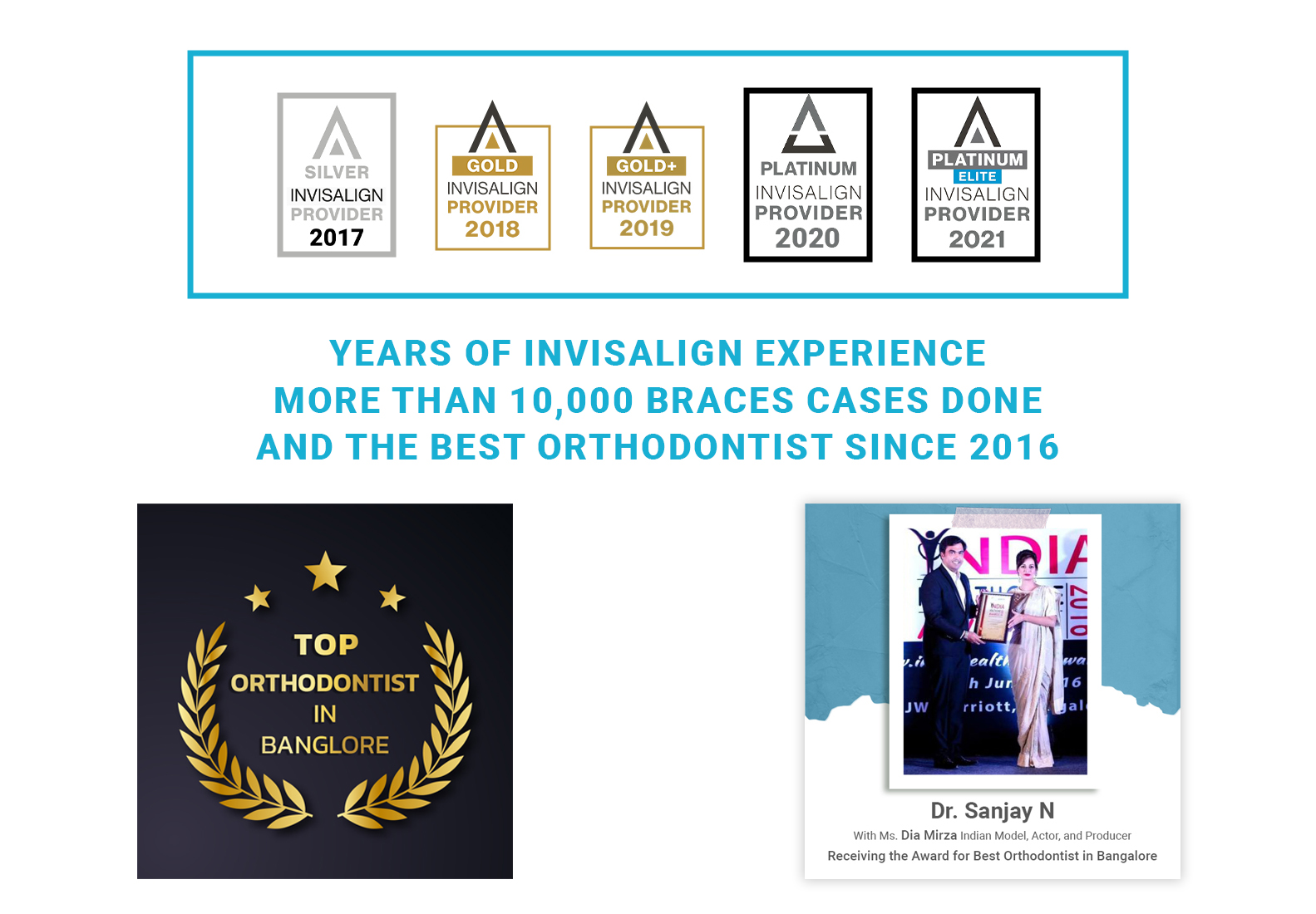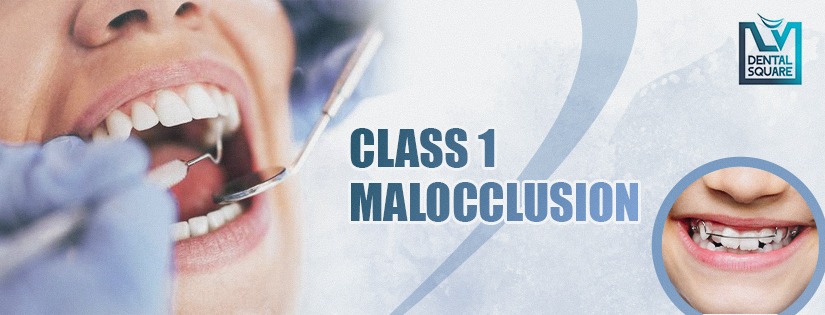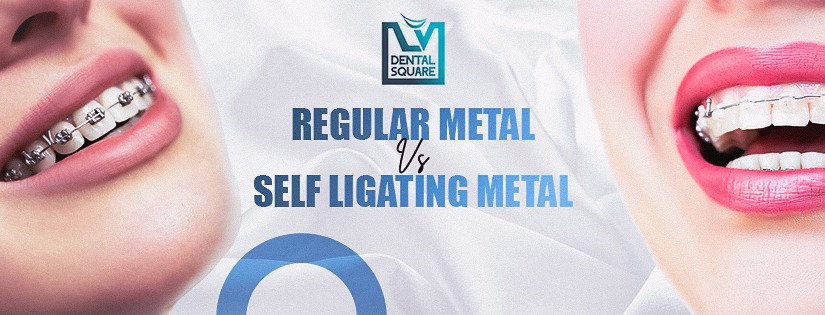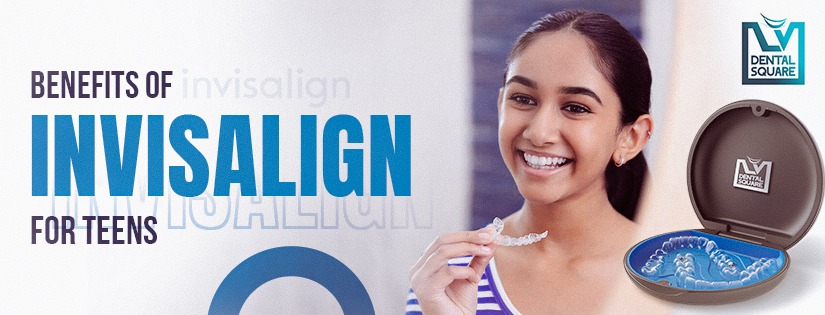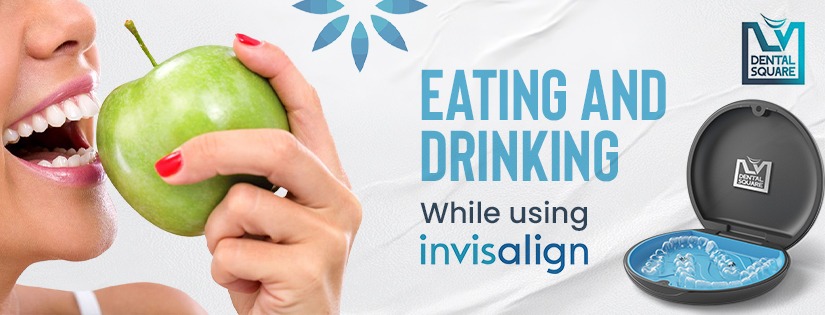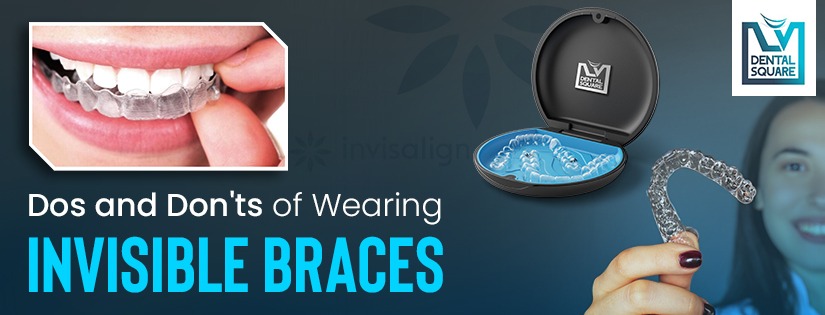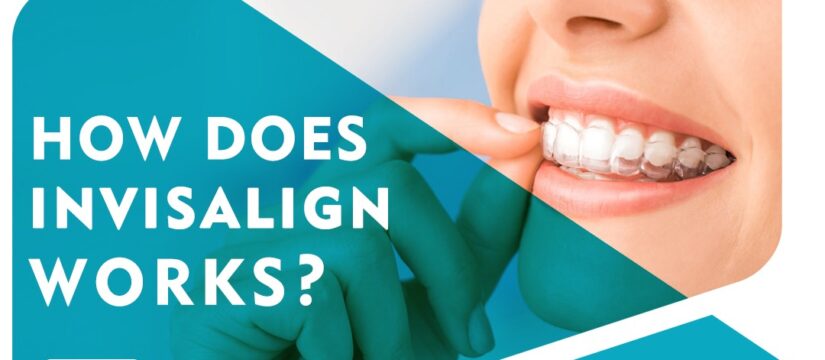As the year comes to a close, it’s the perfect time to schedule your year-end dental check-up.While you may be busy with holiday preparations and family gatherings, taking a fewmoments to care for your oral health can set you up for a healthy and bright new year Here’s why a year-end dental visit is so…
Unveiling the Mysteries of Invisalign®
Treatments: A Comprehensive Guide
Dr Sanjay NDr. Sanjay N is one among the few best Orthodontists in Bangalore who specialises in Invisalign (invisible braces), Damon Braces, and Ceramic braces, and Lingual Braces. He is a keen academician and servers as an Associate Professor at Rajiv Gandhi Dental College & Hospital, Hebbal has been training Post Graduate dental Aspirants in…
The Science of Facial Asymmetry: Why No One’s Face is Perfectly Symmetrical
Facial Asymmetry: An Introduction Facial asymmetry is a natural occurrence that affects all individuals, regardless of age, gender, or race. It refers to the lack of perfect symmetry between the two sides of the face. While some degree of asymmetry is normal and even expected, significant or noticeable asymmetry can cause distress, particularly in those…
Living with Class 3 Malocclusion: Coping Strategies and Lifestyle Changes
Living with Class 3 Malocclusion can be a daunting task for individuals who experience this condition. Definitely, there are various solutions to this condition. Class 3 Malocclusion, also known as an underbite, occurs when the lower jaw extends beyond the upper jaw, resulting in the lower teeth sitting in front of the upper teeth. This…
Class 1 Malocclusion
Dental malocclusions are a frequent issue that maxillofacial surgeons treat. Dental malocclusions come in three categories: class 1, class 2, and class 3. What is a class 1 malocclusion The most typical kind of malocclusion is dental class 1 malocclusion. Between the ages of 6 and 17, 50 to 55 percent of children have a…
Regular Metal vs Self Ligating Metal
Dental braces are orthodontic devices that straighten and align teeth, assist in positioning them with respect to a person’s bite, and work to enhance dental health. They are frequently used to treat underbites, malocclusions, overbites, open bites, gaps, deep bites, cross bites, crooked teeth, and a variety of other dental and jaw irregularities. “Braces,” are…
Benefits of Invisalign for Teens
Teenagers who used Invisalign reported having more confidence than those who used conventional braces by a margin of 47% to 22%. Even though having metal placed over your teeth during treatment can make you feel self-conscious, having crooked and misaligned teeth can already make you feel self-conscious. While braces are the most effective technique to…
Eating and Drinking While Using Invisalign
If you’ve heard about the dietary limitations necessary for conventional braces, such as the need to cut large portions of meat and sandwiches into bite-sized pieces and to avoid eating hard foods, you might be wondering if the same dietary restrictions apply to Invisalign Aligners. In actuality, you are free to eat and drink whatever…
Dos and Don’ts of Wearing Invisible Braces
Invisalign seems like a dream come true in comparison to traditional braces. There are, nevertheless, certain guidelines for wearing and maintaining your Invisalign aligners. We’ve compiled a list of dos and don’ts to help Invisalign users understand how to take care of their aligners properly throughout their treatment. Take out the trays before you eat…
How Does Invisalign Work?
Would you rather wear invisible aligners or braces on your teeth, if given the option? You are not alone if you said clear aligners as your answer. The use of clear aligners as a method for straightening or realigning teeth has increased during the last few decades Invisalign is a relatively new procedure that employs…

